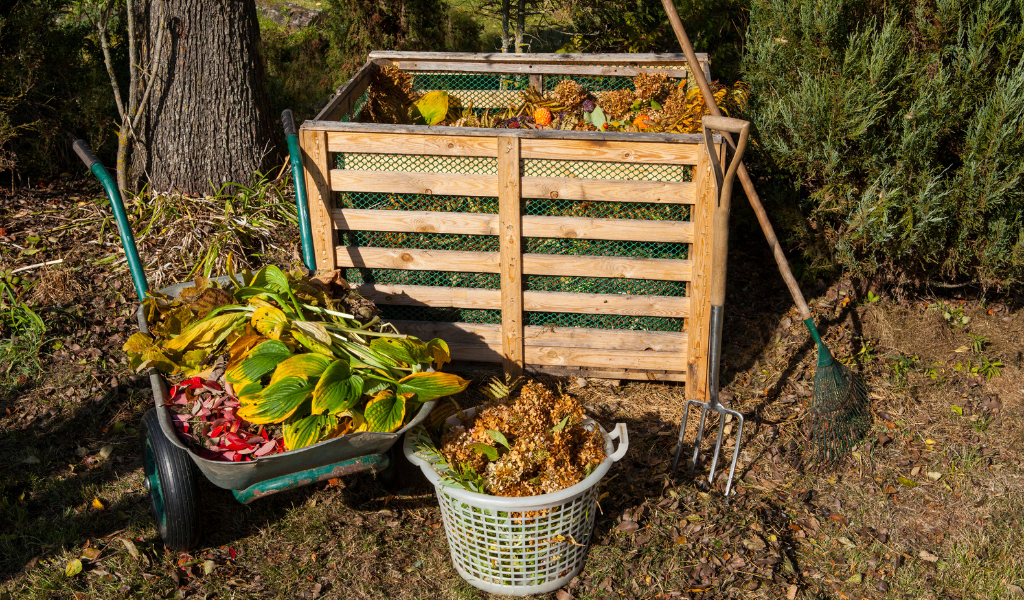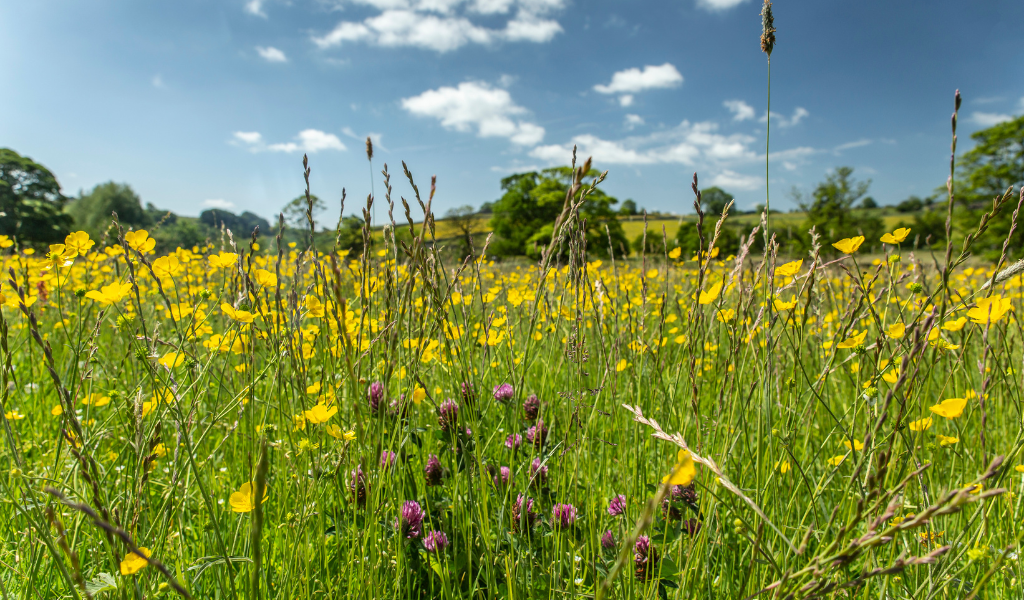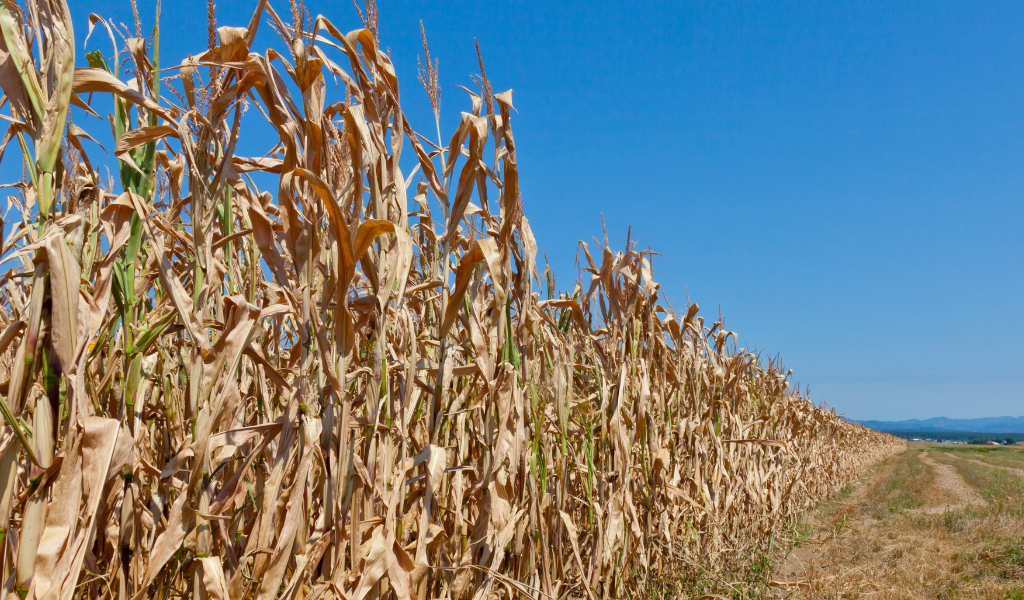At microbz, we believe soil is sacred and microbes are the quiet magicians working beneath the surface. When it comes to turning waste into gold (aka compost), the synergy between aerobic and anaerobic microbes is nothing short of nature’s alchemy.
Contrary to some views, we now know that aerobic and anaerobic microbes work together in any environment, whether or not oxygen is present.
But how exactly do these two microbial teams work together? And what can we learn from them to regenerate our soils, gardens and even farms?
Let’s dig in.
What are aerobic and anaerobic microbes?
First, a quick refresher:
Aerobic microbes need oxygen to survive and thrive. They’re the fast, fiery workers of composting. Breaking down organic matter and releasing heat, CO₂ and nutrients in the process.
Anaerobic microbes operate in low or no-oxygen environments. They break things down more slowly and produce things like lactic acid, methane and other organic acids.
You might think they sound like opposites. But they work in balance, each playing a vital role in transforming organic matter into healthy, living soil.
Microbes in composting: the dream team
When we compost, we’re not just decomposing banana peels and grass clippings, we’re activating a microbial workforce. Compost is alive with bacteria, fungi, protozoa and yeasts plus infinite other species - all working in layers, depending on temperature, moisture and oxygen.
1. Aerobic microbes: the heat-makers
In the first stage of composting, oxygen is abundant. That’s when aerobic bacteria get to work. They break down sugars, starches and proteins quickly, releasing energy as heat. This is why a compost pile can steam on a cold morning!
These microbes also:
- Neutralise pathogens
- Break down toxins
- Generate the humus-building base of your compost
2. Anaerobic microbes: the deep cleaners
Deeper in the pile, where oxygen is scarce, anaerobic microbes pick up the slack. Instead of burning through material, they ferment it. Yes, just like in a kimchi jar or a sourdough starter.
In compost, this anaerobic phase helps:
- Break down fibrous materials like lignin and cellulose
- Pre-digest nutrients for plant uptake
- Balance acidity and condition the compost
If you’ve ever noticed a rich, earthy smell in a well-aged compost pile, that’s anaerobic fermentation working its magic.
Microbes in soil: a balancing act
In soil, the same collaboration happens. Aerobic microbes dominate well-aerated, loose soils, while anaerobes take over in compacted or waterlogged zones.
Both are essential.
At microbz, we see soil as a living system. One where bacteria, fungi, yeasts and protozoa each have a role to play. Our soil-based microbial blends are fermented to include both aerobic and anaerobic species that work symbiotically to:
- Improve soil structure
- Boost nutrient cycling
- Support root health
- Build resilience to drought and disease
And here’s the real magic: when both types of microbes are present, the system becomes self-regulating, more diverse and far more productive. It also encourages facultative microbes that work in balance with the others as needed.
Our compost strategy at microbz
We don’t believe in quick fixes. We believe in biological intelligence.
That’s why our agriculture range uses carefully selected microbes, fermented together in a diverse, oxygen-balanced culture to restore soil vitality. By reintroducing missing microbial populations, we help jumpstart compost piles, enrich soils and bring life back to tired land.
Our products harness:
- Lactic acid bacteria (anaerobic) to break down organic material and boost disease resistance
- Photosynthetic bacteria to fix nitrogen and build soil structure
- Fungi and yeasts to decompose complex organic matter and support nutrient transport
- Actinomycetes to suppress pathogens and build humus
In compost or soil, these microbes don’t just decompose – they recompose. Turning chaos into structure, waste into nutrients and dead zones into living ecosystems.
Tips to compost like a microbial pro
- Let the anaerobes do their part – add a few oxygen-poor zones (e.g. damp corners or compacted layers) to balance microbial activity.
- Feed the system – mix greens (nitrogen) and browns (carbon) for the perfect microbial feast.
- Inoculate your compost – add microbz compost or bokashi-style microbes to enrich and accelerate the process.
- Watch and smell – a healthy compost pile smells sweet and earthy, not sour or rotten.
Regenerative composting = regenerative farming
Compost is the first step in soil regeneration. Its where dead matter becomes living potential. And when we understand the microbial dance between oxygen-loving and oxygen-averse species, we can help nature do what it does best – heal itself.
Let microbes lead the way.
Whether you’re a home composter, an allotment keeper or a regenerative farmer, you’re a soil steward. And every handful of compost is an act of restoration.
Let’s delve deeper into the scientific studies that support these concepts:
1. Enhanced compost quality through aerobic-anaerobic coupling:
A recent study by Li et al. (2022) found that mixing aerobic and anaerobic microbes significantly decreased bacterial pathogens – it removed up to 93% of Clostridium. Integrating both microbial processes can lead to higher-quality compost with reduced pathogenic risks.
2. Microbial community dynamics in composting
An article from the journal Agronomy found that composting provides benefits for microbial soil communities (microbiota). It fosters a diverse microbiota (both aerobic and anaerobic bacteria). They found that composting positively contributes to the degradation of organic matter and enhances soil fertility.
3. Reduction of antibiotic resistance genes:
Research from Frontiers in Microbiology examined the effects of aerobic composting (AC) and anaerobic digestion (AD) on antibiotic resistance genes (ARGs) in dairy cow manure. The study found that both AC and AD significantly reduced ARGs, with AD showing a higher reduction in certain genes. They concluded that composting processes can mitigate the spread of antibiotic resistance in agricultural settings.
4. Microbial succession and compost maturity:
A study by Scientific Reports investigated the enhancement of composting rice straw and chicken manure with biochar. It identified diverse microbial communities (aerobic and facultative anaerobic bacteria), which played crucial roles in feeding microbes carbon and maturing compost. The addition of biochar was found to improve compost quality by supporting diverse microbial populations.
5. Comparative analysis of composting methods:
A comparative study by Meena et al. (2019) analysed the differences between aerobic and anaerobic composting processes. It found that aerobic and anaerobic composting impact decomposition rates, gaseous emissions and pathogen suppression differently. They concluded that understanding these differences can inform the selection of composting strategies tailored to specific agricultural needs.
Embracing microbial diversity for soil regeneration
These studies underscore the importance of both aerobic and anaerobic microbes in composting and soil health. By fostering a diverse microbial ecosystem, we can enhance compost quality, suppress pathogens, reduce antibiotic resistance and ultimately regenerate our soils.
At microbz, we harness this microbial synergy in our products to support farmers and gardeners in their regenerative agriculture journeys.
Please feel free to contact us if you would like to speak to a member of the microbz team.
info@microbz.co.uk +44 (0) 1249 760486



